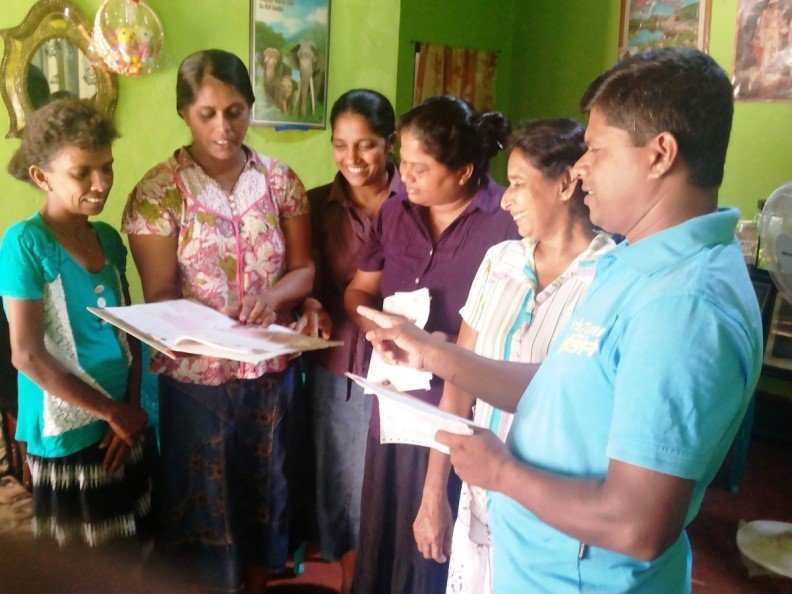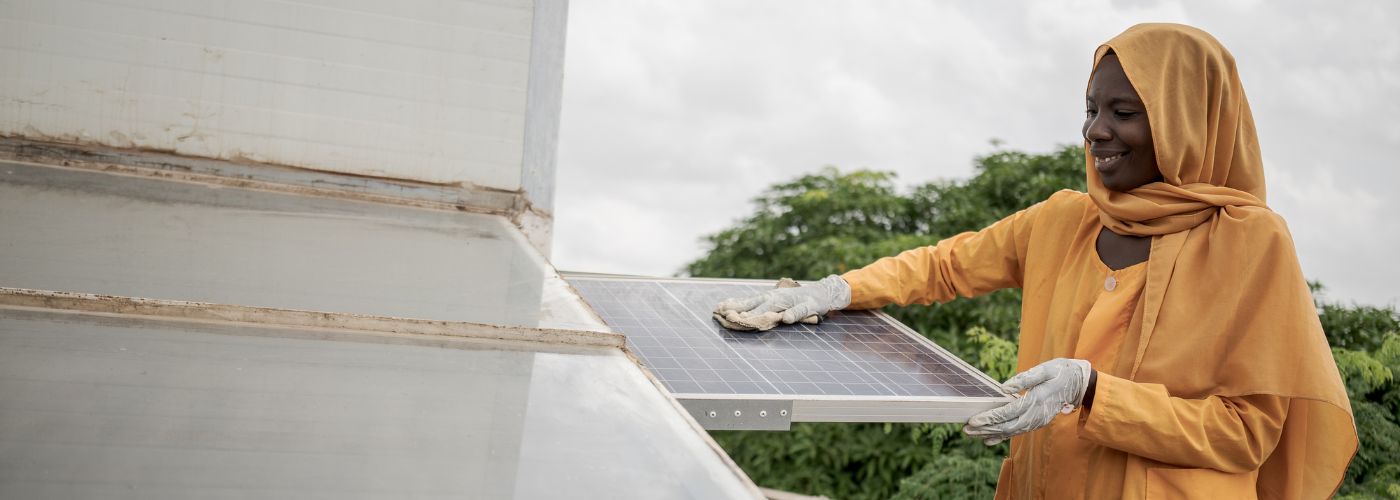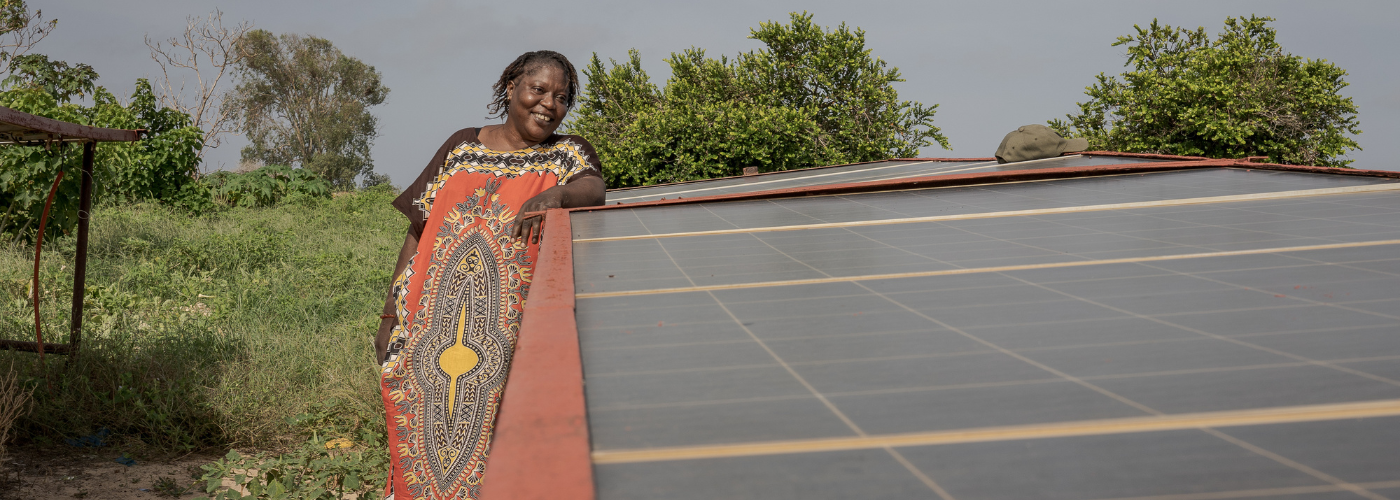In the Ampara district in Eastern Sri Lanka, Rasika Jayanthi attended Practical Action’s awareness training on efficient electricity use. Her electricity bills have since gone down from LKR 2,000 to an average of LKR 750[1].
Meter reading is conventionally seen as a technical task that can be handled only by trained meter readers. However, after attending an awareness-raising workshop on efficient use of electricity, Rasika has become a practicing energy conservationist in her household and in the community. A housewife, she shoulders the full responsibility for household management including financial matters, pays all the bills related to monthly expenditure and her children’s education, and keeps an eye on contingency needs. She manages all these financial matters based on her husband’s monthly pension. Her first-hand experiences reflect the situation of hundreds of women and men in the Ampara district who have been trained by Practical Action. The awareness training was part of the ADB and ENERGIA supported project ‘Gender-inclusive access to clean and renewable energy’.
As Rasika explains, “Although many of us have education up to GCE O-level – the 11th grade – we were illiterate regarding electricity. Driven by an interest in learning how to calculate our electricity consumption and the payments, and how to reduce our electric costs, I attended the awareness-raising programme. I used to pay over 2,000 rupees every month for electricity alone, and this financial burden put me under pressure because I was normally spending more than 10 percent of my husband’s pension on paying the bills.” Rasika then shows us her old electricity bills and some more recent ones. The difference is remarkable: nowadays, the family on average spends only LKR 750 on electricity.
Rasika continues by explaining how she translates the newly acquired knowledge into action. “I refer to the meter and keep a record of consumption. I calculate the energy used by all the appliances, including lightbulbs, per hour. The first thing I did was purchase CFL bulbs to replace the incandescent ones. Now we have 13 CFL bulbs, one florescent tube and just two incandescent bulbs that are in corners which are hardly ever used. We thus have 16 lights and, in the past, normally half of these would be on unnecessarily because my children forgot to switch them off. Now we switch the lights off when we don’t use them.”
“I have also reduced the use of some items like the rice cooker which consumes around 18 rupees worth of electricity to cook one meal of rice. I have also better organised some activities. For example, I used to iron clothes daily, sometimes several times a day, but now ironing is done once a week and only in very special situations twice a week. I don’t iron in the peak demand hours. I have significantly cut down on the number of times that I open the fridge, as well as the time I leave the fridge door open. Our fridge is now switched off around 8 p.m., and we keep the door shut until 6 a.m. the following morning. We have also reduced the unnecessary use of fans. Now, we mainly use the pedestal fan and avoid using the ceiling fans which are high electricity-consuming items.”
“I realised that it is not hard to reduce the consumption, but this cannot be done without a proper knowledge of how electricity bills are calculated and the amounts used by each item. The records that I maintain [see table below] are used to convince others.”
| Year – Month | Units consumed | Monthly bill | Reduction in consumption and costs
(baseline: June 2013) |
||
| Units | Saving (Rs.) | Cost as % of baseline | |||
| 2013-May | 118 | Rs. 2498 | – | – | – |
| 2013-June | 105 | Rs. 2348 | 0 | 0 | 100% |
| 2013- Oct | 91 | Rs. 1150 | 14 | 1198 | 49 % |
| 2013- Nov | 90 | Rs. 1146 | 15 | 1202 | 49 % |
| 2014-Aug | 73 | Rs. 908 | 32 | 1440 | 39% |
| 2014- Oct | 77 | Rs. 731 | 28 | 1617 | 31 % |
| 2014-Nov | 65 | Rs. 615 | 40 | 2283 | 26% |
Source: Rasika’s electricity bills (retrieved 7th May 2015)
[1] LKR1 = USD0.00714











Follow us on: